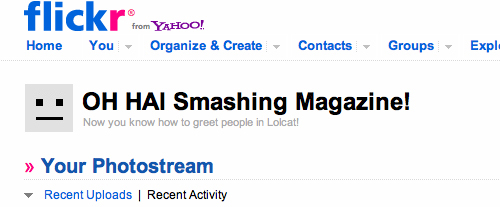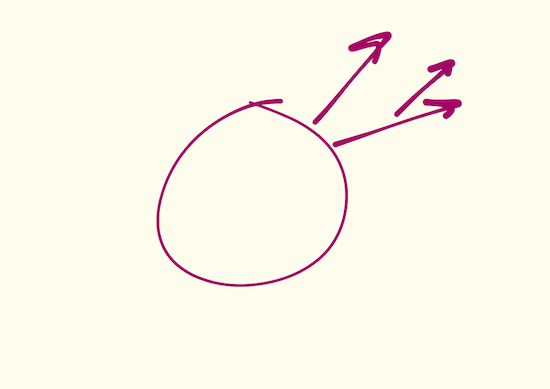Hey All,
Like me, many of you probably feel a huge amount of passion to create something great. The problem isn't motivation, it's channeling that energy in one direction.
I'm working hard to narrow my focus and trying to follow James Clear's advice: "Release the need for immediate results."
In practical terms, this means absorbing as much knowledge as I can through books and a few choice blogs, and spending at least a few hours per day deep in the trenches of my craft.
With that in mind, here are a few articles to fuel your fire this week. As always, thanks for reading. And if you're feeling inspired, pass it on.
Do things, tell people. via @csl_
Some quick thoughts from Irish developer Carl Lange on taking initiative. As Seth Godin says, "No one is going to pick you. Pick yourself."
Make something cool. Something interesting. Spend time on it. Go crazy. Even if it's the least useful thing you've ever made, if you can talk about it, make it. This part is easy, because you're doing something you think is cool, and interesting, and if it's useless, great, because you won't need to support it much either!
The Unboxing Technique: How to Ease Your Customers’ Anxiety via @jimmy_daly
In my latest post on the Vero blog, I explore the "unboxing" phenomenon and suggest a few ways you can use it in your own marketing, regardless of what you're selling.
What Causes Consumer Anxiety?
Consumer anxiety is the baseline. If you work in marketing, this is your starting point. Your potential customers are skeptical of you, your product and your claim that it will make their life easier.
Here are just a few things that cause consumer anxiety:
- Fear of the unknown
- Fear of being duped (also known as Sugrophobia)
- Lack of clarity
- Not enough context
- A poor value proposition
- Bad reviews
- Overwhelming amounts of information
The key to solving almost all anxiety is clarity. If people know what to expect, they are more likely to kick the tires and ultimately become a customer.
The Personality Layer via @s2imon
This article from Smashing Magazine explains why attention to detail appeals to your customers. It also provides a ton of great examples you can emulate in your own marketing.
These details trigger an emotional response, and if used purposefully and fittingly, they will help to form a personality that people will respond to positively when interacting with the product. This positive attitude will often lead to people sharing and even advocating for your product with their peers.
This technique of connecting with users on a personal level is also referred to as “emotional design.”

How an idea comes together for me *via @jasonfried*
I think writers and creatives will appreciate this short, visual post on working through your ideas.
As I keep sketching and thinking and mocking and working through variations and conditions in my head, on paper, or in code, a few strong possibilities take the lead. I begin to follow those.

Color Theory in Marketing via Color Wheel Pro
I'm no designer, so I've never given much thought to the colors I use in emails, social media or content. But colors make people feel a certain way, which affects how they feel about me and the companies I work with. To avoid causing unwanted emotions — subconscious as they may be — it's worth learning a little bit about color theory.
Here's an example from this really interesting article:
Orange combines the energy of red and the happiness of yellow. It is associated with joy, sunshine, and the tropics. Orange represents enthusiasm, fascination, happiness, creativity, determination, attraction, success, encouragement, and stimulation.
To the human eye, orange is a very hot color, so it gives the sensation of heat. Nevertheless, orange is not as aggressive as red. Orange increases oxygen supply to the brain, produces an invigorating effect, and stimulates mental activity.
Have a great week!
Jimmy
